<meta name='impact-site-verification' value='34369dc5-877c-4282-90a9-36f86721ccfa'>
Daily Life in Ancient China: How People Lived, Worked, and Worshipped
Ancient China represents one of the world’s most enduring civilizations, spanning over 4,000 years of continuous cultural development. From the Shang Dynasty (1600-1046 BCE) to the fall of the Qing Dynasty (1912 CE), Chinese society developed sophisticated systems of governance, philosophy, and daily living that influenced millions of people across East Asia.
Understanding daily life in ancient China provides crucial insights into how ordinary people navigated their social responsibilities, economic opportunities, and spiritual beliefs. The Chinese social structure, built upon Confucian principles of hierarchy and harmony, created distinct patterns of living that varied significantly across social classes, geographical regions, and historical periods.
This examination of ancient Chinese daily life reveals the intricate balance between individual needs and collective responsibilities that characterized Chinese civilization. From the elaborate rituals of the imperial court to the seasonal rhythms of rural farming communities, every aspect of life was governed by established customs and philosophical principles that emphasized social order and cultural continuity.
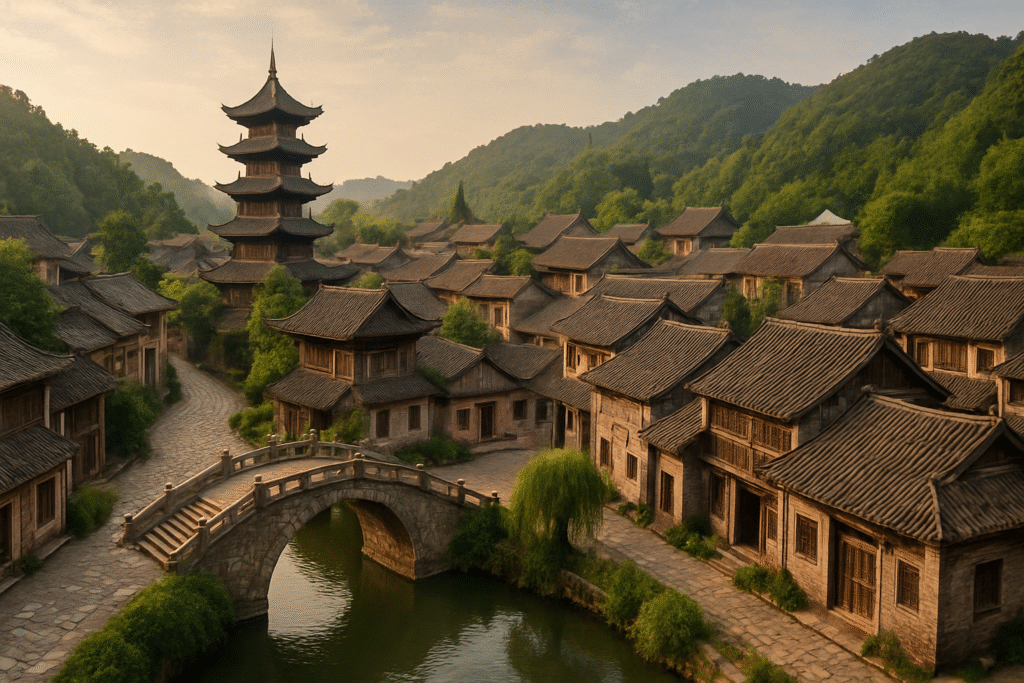
Daily Life and Social Structure
Family Structure and Gender Roles
The foundation of daily life in ancient China rested upon the extended family unit, which served as both the basic social structure and economic organization. Chinese families typically included multiple generations living under one roof, with the eldest male patriarch holding absolute authority over family decisions and property management.
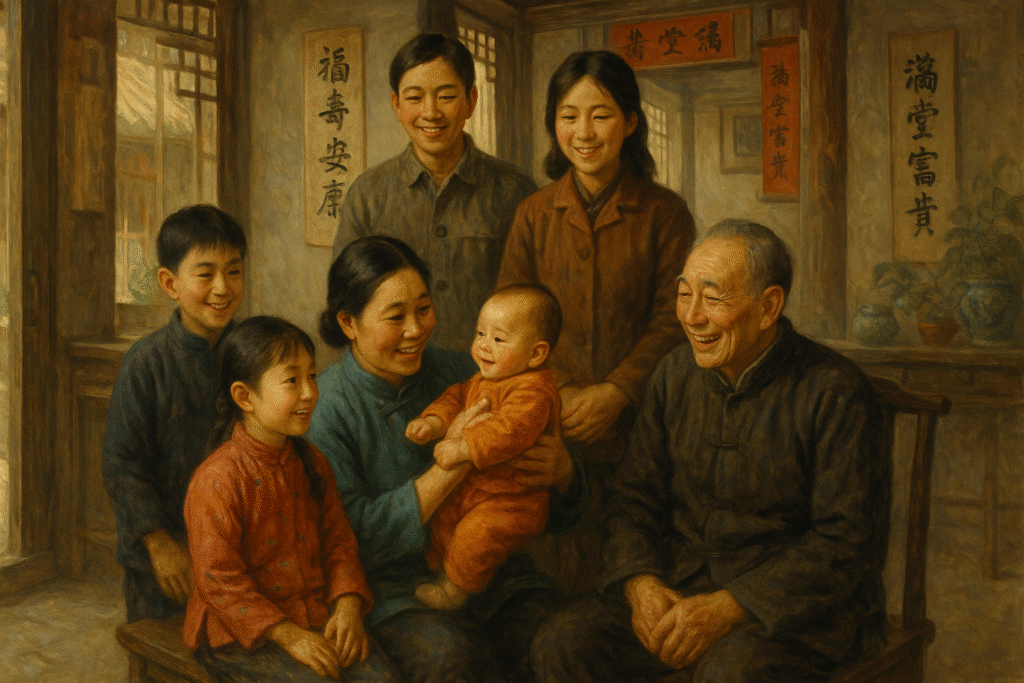
Gender roles were strictly defined according to Confucian principles. Men were responsible for public affairs, including government service, business operations, and religious ceremonies. Women’s roles were confined to domestic responsibilities, including household management, child-rearing, and textile production. The concept of “three obediences” required women to obey their fathers before marriage, their husbands after marriage, and their sons in widowhood.
Marriage arrangements were negotiated by parents and matchmakers, with consideration given to social status, economic advantages, and astrological compatibility. The practice of foot binding, which became widespread during the Song Dynasty, exemplified the restrictive nature of women’s social position and the emphasis placed on physical beauty over practical mobility.
Social Class Hierarchy
Ancient Chinese society was organized into four distinct social classes, each with specific roles and privileges. The scholar-officials (shi) occupied the highest social position, followed by farmers (nong), artisans (gong), and merchants (shang). This hierarchy reflected Confucian values that prioritized intellectual achievement and agricultural production over commercial activities.
The scholar-official class derived their status from educational achievement and government service. These individuals underwent rigorous training in classical texts and participated in the imperial examination system, which theoretically allowed social mobility based on merit rather than birth. However, the extensive preparation required for these examinations often limited participation to wealthy families who could afford private tutoring.
Farmers constituted the largest segment of the population and were regarded as the backbone of Chinese society due to their role in food production. Despite their theoretical social importance, most farmers lived in poverty and faced numerous hardships, including tax burdens, natural disasters, and military conscription.
Housing and Clothing
Residential Architecture
Housing in ancient China varied dramatically according to social class and geographical location. Wealthy families constructed elaborate courtyard houses (siheyuan) designed according to feng shui principles to ensure harmony and prosperity. These structures featured multiple buildings arranged around central courtyards, with specific areas designated for different family activities and generations.
The application of feng shui principles in home construction involved careful consideration of directional orientation, room placement, and landscape features. Homes were typically oriented toward the south to maximize sunlight and warmth, while entrance gates faced auspicious directions determined by astrological calculations. Gardens incorporated elements such as water features, rock formations, and carefully selected plants to create balanced energy flows.
Rural farming families lived in simple structures constructed from locally available materials such as wood, bamboo, and mud brick. These homes typically consisted of one or two rooms that served multiple purposes, including sleeping, cooking, and storage. The architectural design reflected practical considerations rather than aesthetic preferences, with emphasis placed on protection from weather and efficient use of limited space.
Clothing and Social Status
Clothing in ancient China served as a clear indicator of social class, occupation, and personal wealth. The imperial court established detailed regulations governing fabric choices, color selections, and decorative elements for different social ranks. Silk, discovered according to legend by Empress Leizu around 2700 BCE, became the most prestigious fabric and remained a closely guarded state secret for centuries.
The story of silk production’s discovery illustrates the profound impact of technological innovation on Chinese society. According to traditional accounts, Empress Leizu noticed silkworms spinning cocoons in her garden and developed methods for harvesting and weaving silk threads. This discovery not only revolutionized Chinese textile production but also became a cornerstone of international trade along the Silk Road.
Common people wore clothing made from hemp, cotton, and other plant fibers, with designs and colors restricted by sumptuary laws. The hanfu, a traditional Chinese robe with wide sleeves and flowing silhouette, became the standard garment for formal occasions across all social classes, though fabric quality and decorative elements varied according to social status.
Work and Economy
Agricultural Practices
Farming formed the foundation of the ancient Chinese economy, with rice cultivation in southern regions and wheat production in northern areas providing staple foods for the population. The development of advanced agricultural techniques, including crop rotation, irrigation systems, and selective breeding, enabled Chinese farmers to support large populations despite limited arable land.
The seasonal nature of farming created distinct rhythms of rural life, with spring planting, summer cultivation, autumn harvest, and winter preparation activities determining daily schedules for most families. Community cooperation was essential for major agricultural projects such as irrigation maintenance and harvest activities, fostering strong social bonds among rural populations.
Government policies toward agriculture included tax collection in grain, corvée labor requirements for public works projects, and technological support for improved farming methods. The state’s emphasis on agricultural productivity reflected both practical needs for food security and philosophical beliefs about the moral superiority of farming over commercial activities.
Trade and Commerce
Despite their low social status, merchants played crucial roles in ancient Chinese economic development. Trade networks connected distant regions of the empire and facilitated the exchange of goods, technologies, and cultural practices. The Silk Road, established during the Han Dynasty, created international commercial relationships that brought foreign goods and ideas into Chinese markets.
Currency systems evolved from barter arrangements to standardized bronze coins, with the unification of currency under the Qin Dynasty representing a major advancement in commercial efficiency. The development of paper money during the Song Dynasty demonstrated Chinese innovation in financial technology and facilitated more complex commercial transactions.
Urban marketplaces served as centers of commercial activity, with designated areas for different types of goods and services. Government regulation of trade included licensing requirements, quality standards, and price controls designed to prevent exploitation and maintain social order.
Food and Drink
Culinary Traditions
Food culture in ancient China reflected both practical nutritional needs and philosophical beliefs about health and harmony. The concept of balancing hot and cold foods, derived from traditional Chinese medicine principles, influenced meal planning and cooking methods. Regional variations in cuisine developed according to local climate conditions, available ingredients, and cultural preferences.
Rice served as the primary staple food in southern regions, while wheat-based products such as noodles and dumplings were more common in northern areas. Vegetables, including cabbage, soybeans, and various greens, provided essential nutrients and were often preserved through fermentation and drying techniques for consumption during winter months.
The legend of tea’s discovery by Emperor Shen Nong around 2737 BCE illustrates the cultural importance of this beverage in Chinese society. According to traditional accounts, tea leaves accidentally fell into the emperor’s boiling water, creating a pleasant and refreshing drink that gradually became central to Chinese social customs and spiritual practices.
Dining Customs and Tea Culture
Meal customs in ancient China emphasized family unity and social hierarchy. Family members ate together at designated times, with seating arrangements reflecting age and gender distinctions. The eldest family members received the choicest portions of food, while younger members showed respect through serving behaviors and conversation patterns.
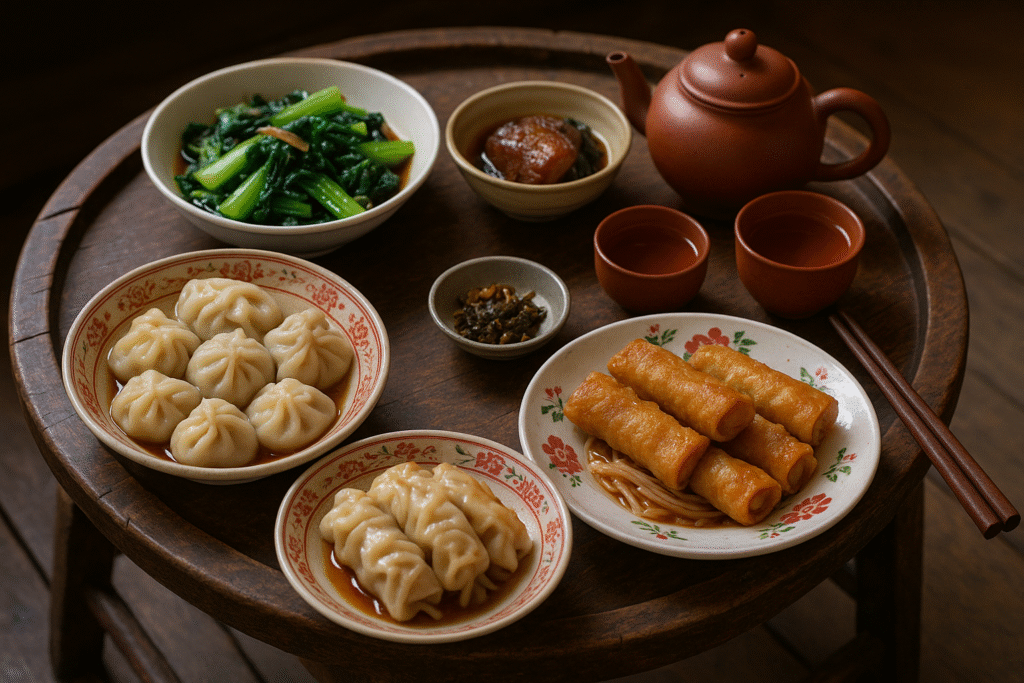
Tea culture developed elaborate ceremonial aspects that influenced social interactions and artistic expression. The preparation and serving of tea became a refined art form that required knowledge of proper techniques, appreciation of aesthetic elements, and understanding of social protocols. Tea houses served as important social gathering places where people could conduct business, discuss literature, and maintain friendships.
Seasonal festivals often featured special foods and dining customs that reinforced cultural values and religious beliefs. The preparation of specific dishes for holidays such as the New Year celebration required community cooperation and demonstrated the connection between food traditions and cultural identity.
Beliefs and Religion
Confucianism and Social Order
Confucianism provided the philosophical foundation for ancient Chinese social organization and personal conduct. The teachings of Confucius (551-479 BCE) emphasized moral cultivation, social harmony, and respect for authority as essential elements of civilized society. These principles influenced every aspect of daily life, from family relationships to government administration.
The concept of filial piety (xiao) required absolute obedience and respect toward parents and ancestors, creating strong family bonds that extended beyond death. Children were expected to care for elderly parents, maintain family traditions, and honor ancestral spirits through regular rituals and offerings.
Educational practices based on Confucian principles emphasized moral development alongside intellectual achievement. Students memorized classical texts, practiced calligraphy, and studied historical examples of virtuous behavior as preparation for adult responsibilities in family and society.
Taoism and Natural Harmony
Taoism offered an alternative philosophical approach that emphasized harmony with natural forces and acceptance of life’s uncertainties. Taoist practices included meditation, breathing exercises, and dietary restrictions designed to achieve spiritual balance and physical health. The concept of wu wei, or non-action, encouraged people to work with natural patterns rather than against them.
Taoist influence on daily life appeared in various forms, including traditional Chinese medicine, architectural design, and artistic expression. The emphasis on natural harmony complemented Confucian social order by providing personal spiritual guidance that did not conflict with social responsibilities.
The integration of Taoist principles into daily practices created a holistic approach to living that addressed both individual well-being and social obligations. This philosophical flexibility allowed people to adapt to changing circumstances while maintaining cultural continuity.
Buddhism and Spiritual Practice
Buddhism, introduced to China from India around the first century CE, gradually became integrated into Chinese religious practice. Buddhist temples served as centers of learning and spiritual guidance, while monasteries provided social services including education, healthcare, and charitable assistance.
Buddhist concepts of karma and reincarnation influenced Chinese attitudes toward moral behavior and social responsibility. The emphasis on compassion and non-violence created new ethical frameworks that complemented existing Confucian and Taoist teachings.
Popular Buddhism incorporated Chinese cultural elements, creating unique traditions such as the worship of Guanyin (Goddess of Mercy) and the celebration of Buddhist festivals that combined religious observance with community activities.
Education and Literacy
The Imperial Examination System
The imperial examination system represented one of ancient China’s most significant contributions to social organization and intellectual development. Established during the Sui Dynasty and refined during subsequent periods, this system theoretically allowed talented individuals from any social background to achieve government positions through academic achievement.
The rigorous training required for examination success involved years of intensive study, memorization of classical texts, and development of literary skills. Students typically began preparation in early childhood, with wealthy families hiring private tutors and establishing study groups to enhance learning opportunities.
The high stakes nature of the examination system created intense pressure for candidates and their families. Success could elevate entire families to elite social status, while failure often resulted in continued poverty and social limitation. Stories of candidates who died from exhaustion or committed suicide after failing examinations illustrate the system’s psychological demands.
Educational Practices
Education in ancient China emphasized moral development, cultural literacy, and practical skills necessary for adult responsibilities. Boys from wealthy families received formal education in classical literature, history, mathematics, and calligraphy, while girls typically learned domestic skills and basic literacy within family settings.
The curriculum centered on classical texts including the Analects of Confucius, the Book of Changes, and historical chronicles that provided moral examples and practical guidance. Students were expected to memorize these texts completely and demonstrate understanding through essay writing and oral recitation.
Village schools, when available, provided basic education for children from farming families. These institutions typically operated seasonally, allowing students to participate in agricultural activities during planting and harvest periods. The quality of education varied significantly based on teacher qualifications and community resources.
Entertainment and Leisure
Games and Sports
Recreational activities in ancient China reflected both social values and practical skills development. Board games such as Go (weiqi) and Chinese chess (xiangqi) provided intellectual entertainment while developing strategic thinking abilities that were valued in both military and civilian contexts.
Physical activities included martial arts training, which combined self-defense skills with philosophical principles derived from Taoist and Buddhist teachings. The development of various martial arts styles reflected regional cultural differences and practical needs for personal protection and military preparation.
Children’s games often involved seasonal activities such as kite flying, which combined recreational enjoyment with practical education about wind patterns and construction techniques. These activities fostered creativity and manual skills while providing social interaction opportunities.
Music and Artistic Expression
Music played important roles in both entertainment and religious ceremonies. Traditional Chinese instruments including the guqin (zither), pipa (lute), and various percussion instruments provided accompaniment for vocal performances and dance presentations. Musical education was considered essential for cultured individuals, particularly among the scholar-official class.
Artistic pursuits including calligraphy, painting, and poetry composition served as both personal expression and social accomplishment. The integration of visual and literary arts created unique aesthetic traditions that emphasized harmony, balance, and symbolic meaning rather than realistic representation.
Opera and theatrical performances provided popular entertainment that combined music, dance, storytelling, and elaborate costumes. These performances often featured historical legends, moral tales, and romantic stories that reinforced cultural values while providing enjoyable social experiences.
Festivals and Celebrations
The celebration of seasonal festivals created important social rhythms that brought communities together and reinforced cultural traditions. The Spring Festival (Chinese New Year) marked the beginning of the lunar calendar year with elaborate family gatherings, special foods, and ritual activities designed to ensure prosperity and good fortune.
The Lantern Festival, celebrated fifteen days after New Year, originated from ancient traditions honoring deceased ancestors and seeking divine protection for the coming year. Communities created elaborate lantern displays, organized dragon dances, and prepared special foods that strengthened social bonds and cultural continuity.
The Qingming Festival, dedicated to honoring ancestors, required families to visit grave sites, clean burial areas, and make offerings of food and incense. This annual observance demonstrated the continuing importance of family relationships beyond death and reinforced social values about filial responsibility.
Understanding Ancient Chinese Society
The examination of daily life in ancient China reveals a complex civilization that successfully balanced individual needs with collective responsibilities over many centuries. The integration of Confucian social order, Taoist natural harmony, and Buddhist spiritual practice created a flexible cultural framework that could adapt to changing circumstances while maintaining essential continuities.
The social class system, while restrictive in many ways, provided clear guidelines for behavior and established pathways for advancement through education and moral cultivation. The emphasis on family relationships, agricultural production, and cultural learning created stable foundations for social development and technological innovation.
The rich traditions of ancient Chinese daily life continue to influence modern Chinese society and offer valuable insights into alternative approaches to social organization, educational development, and cultural preservation. Understanding these historical patterns provides essential context for comprehending contemporary Chinese culture and its ongoing evolution.
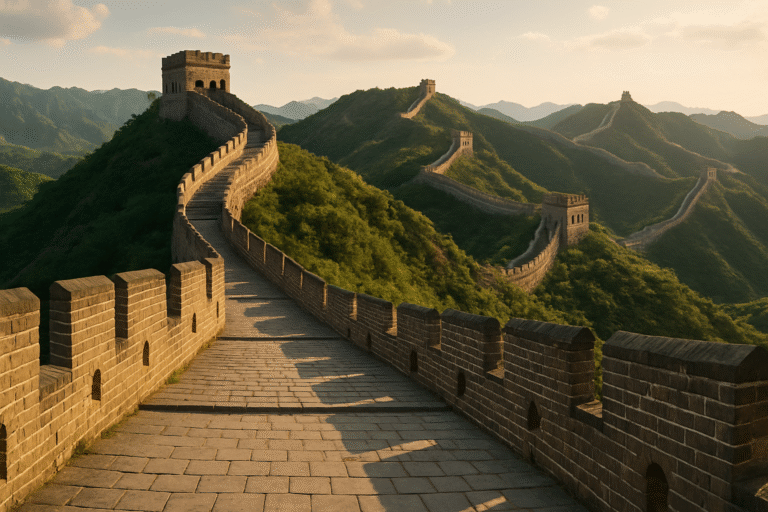
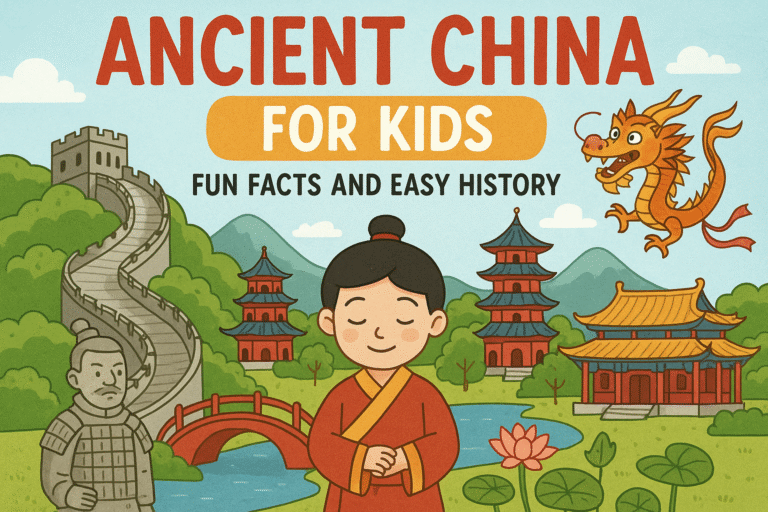
that established China as a dominant force in world history. Understanding the history of ancient China provides essential context for comprehending not only East Asian development but also the broader
It is really a great and helpful piece of info. I am glad that you shared this useful information with us. Please keep us informed like this. Thank you for sharing.
Thank you for sharing superb informations. Your web-site is so cool. I’m impressed by the details that you?¦ve on this web site. It reveals how nicely you understand this subject. Bookmarked this web page, will come back for extra articles. You, my pal, ROCK! I found just the information I already searched all over the place and just couldn’t come across. What a great website.
But wanna say that this is very helpful, Thanks for taking your time to write this.